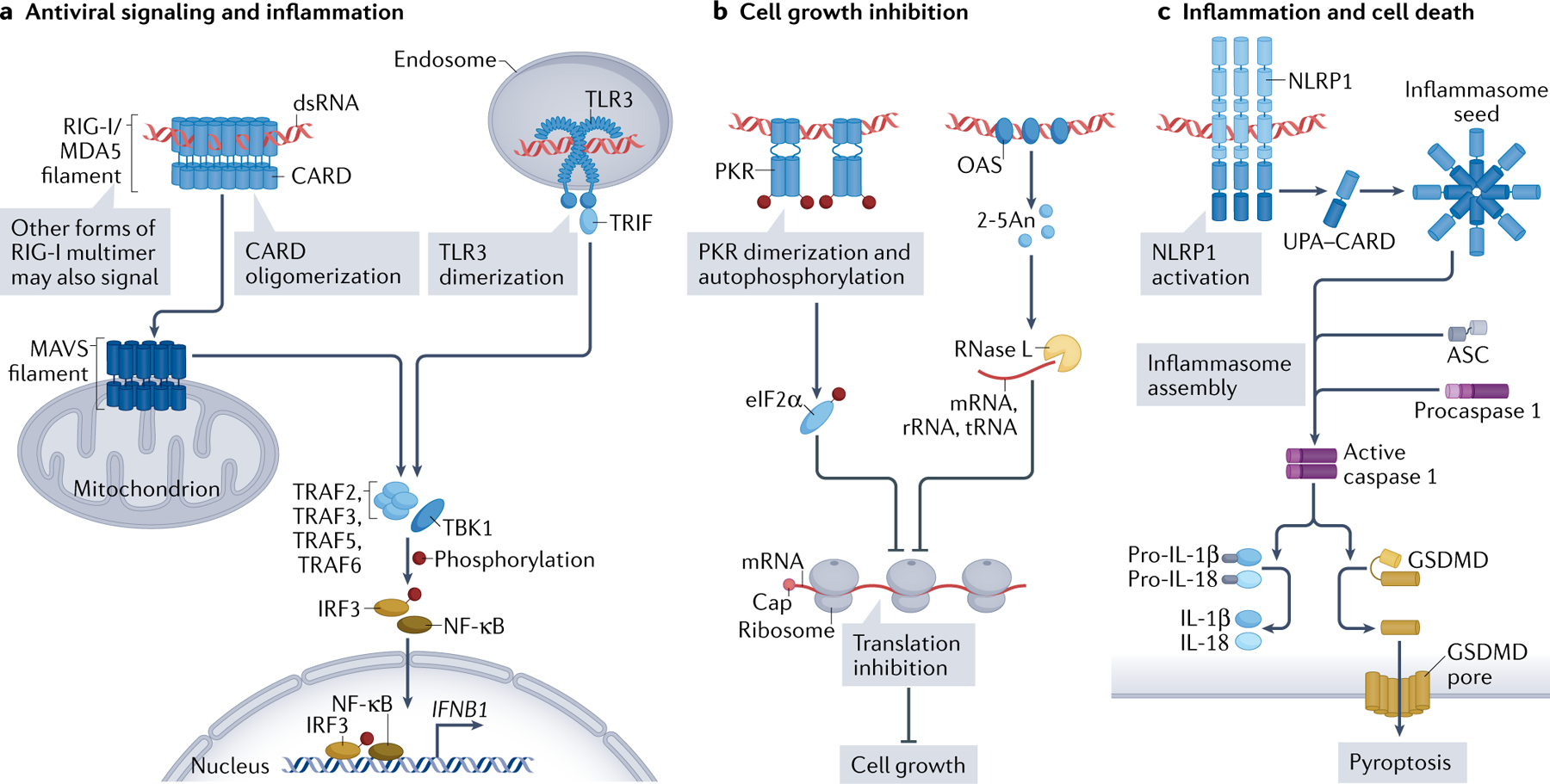Fig. 1 |. dsRNA sensors and their signalling.

Double stranded RNAs (dsRNAs) from either viral or cellular origins induce three types of cellular responses. They are not mutually exclusive and may occur within the same cell. a | The first type of response is classical antiviral innate immune responses mediated by RIG-I or MDA5 (RIG-I-like receptors (RLRs)) and Toll-like receptor 3 (TLR3). RLRs in the cytoplasm and TLRs in the endosome detect dsRNAs and form signalling-competent oligomers to activate their respective downstream adaptors, mitochondrial antiviral-signalling protein (MAVS) and TRIF. Upon dsRNA binding, RLRs form filaments along the length of dsRNA, which promotes oligomerization of their caspase activation and recruitment domains (CARDs) and triggers MAVS filament formation for downstream signal activation. RIG-I may also be stimulated by RNAs besides long dsRNA by forming non-filamentous multimers, but the structural features of such RNAs and RIG-I multimers are unclear. These pathways then converge by activating the common downstream signalling molecules, such as TNF receptor-associated factors (TRAFs) and TANK-binding kinase 1 (TBK1), culminating in the activation of the transcription factors interferon-regulatory factor 3 (IRF3) and NF-κB for producing type I interferons and other proinflammatory cytokines. b | The second type of response induces global inhibition of protein synthesis and thus cell growth. This response is mediated by protein kinase R (PKR) and oligoadenylate synthases (OASes), which become active upon binding to dsRNA. PKR activation via dimerization and autophosphorylation results in phosphorylation of a key translation initiation factor (eIF2α) and subsequent inhibition of most protein synthesis. Activated OASes synthesize 2′−5′-linked oligoadenylate (2–5An), which serves as a soluble second messenger to activate ribonuclease L (RNase L). RNase L in turn degrades the bulk of cytosolic RNAs, including mRNA, ribosomal RNA (rRNA) and tRNA, resulting in translation inhibition. c | The third type of response to dsRNA is mediated by the NOD-, LRR- and pyrin domain-containing 1 (NLRP1) inflammasome, a macromolecular complex containing the receptor NLRP1, the adaptor ASC and the effector caspase 1. Upon dsRNA binding, NLRP1 triggers release of its UPA and CARD domains, which then assembles the inflammasome seed, inducing inflammasome formation and activating caspase 1. Activated caspase 1 then cleaves precursors of inflammatory cytokines (such as IL-1β and IL-18) and a pore-forming protein gasdermin D (GSDMD). The GSDMD pore forms in the plasma membrane and induces pyroptosis, the inflammatory form of cell death.
